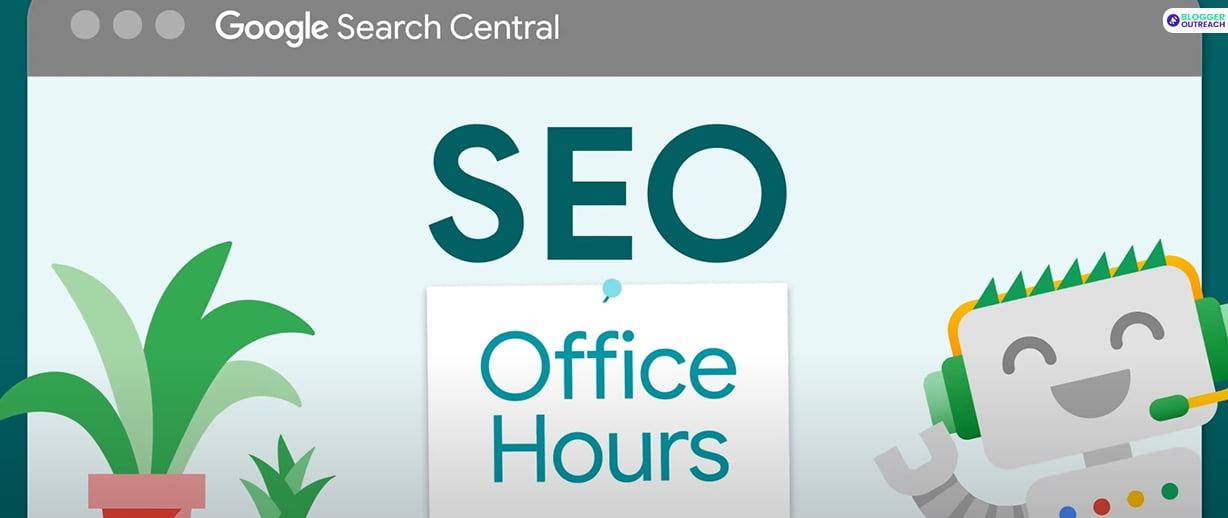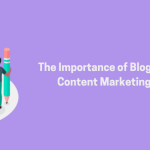Google office hours for July took place two days back. For those who haven’t watched it, here are the highlights from the same.
“Hi There, I Am Having An Issue With Having My Website Appear On Google, And This Is The Site And They Specify The URL.
Hi Shimmy, I took a look at your website. Unfortunately, when Googlebot crawls the site with a smartphone user-agent, the site returns a 403 HTTP status code. This tells us that there’s nothing to index, so we don’t index anything. To check that, you can use Google Search Console’s URL inspection tool.”
“I Purchased A Domain Name For $12/yr. I Tested It And It Comes Up With A 404 Error.
So for your domain to show up in Google’s search results it will need to be hosted by a hosting company. That can be even something like WordPress.com or Wix.com or Blogger, where you associate your domain name with a location of your content. Then you just start creating high quality content and you’re generally good to go.”
“Google selects incorrect canonical URLs from another country domain according to Search Console, although hreflang attributes are correctly assigned.
How Can This Problem Be Avoided?
Canonicalisation and hreflang are intertwined but slightly different concepts. With hreflang, you basically told Google “these pages are the same, but in different languages and/or regions“, canonicalisation then makes a decision on which one to be the “main” URL in our index.
If you create a group of pages with roughly the same content, but in different languages or for different regions, canonicalisation will still pick a main URL, but other URLs can and will show up in the search results, depending on the user’s language and region.
In your specific example, users in Germany are likely to see the .de domain, even if the .at or .ch domain is selected as the canonical. What makes this a bit trickier is, that Austrian and German pages probably are very, very similar in their content – so this might not always work 100%, so it’s a good idea to let people choose which region they prefer to look at, should the selection be off.”
“How Can The Content In A Product Page Be Unique When Different Sellers Offer The Exact Same Product?
To be unique, you can offer your own perspective, a genuine review or test you did of the product or things you found to be useful to know about the product, outside of the default product text and specifications issued by the manufacturer, for example.”
“Hi, How Do I Create A Good Robots.txt?
There’s no general “good robots.txt“. A good robots.txt fits your specific needs. For example, you might not want to allow crawling your internal search results (good), or you want to allow crawling a specific JavaScript file. It all depends on your website and how it’s set up. We do have documentation about robots.txt files on developers.google.com/search though, check it out!”
These were the top 5 takeaways. If you want to know the entire conversation,
Watch This Video👇
Source:








